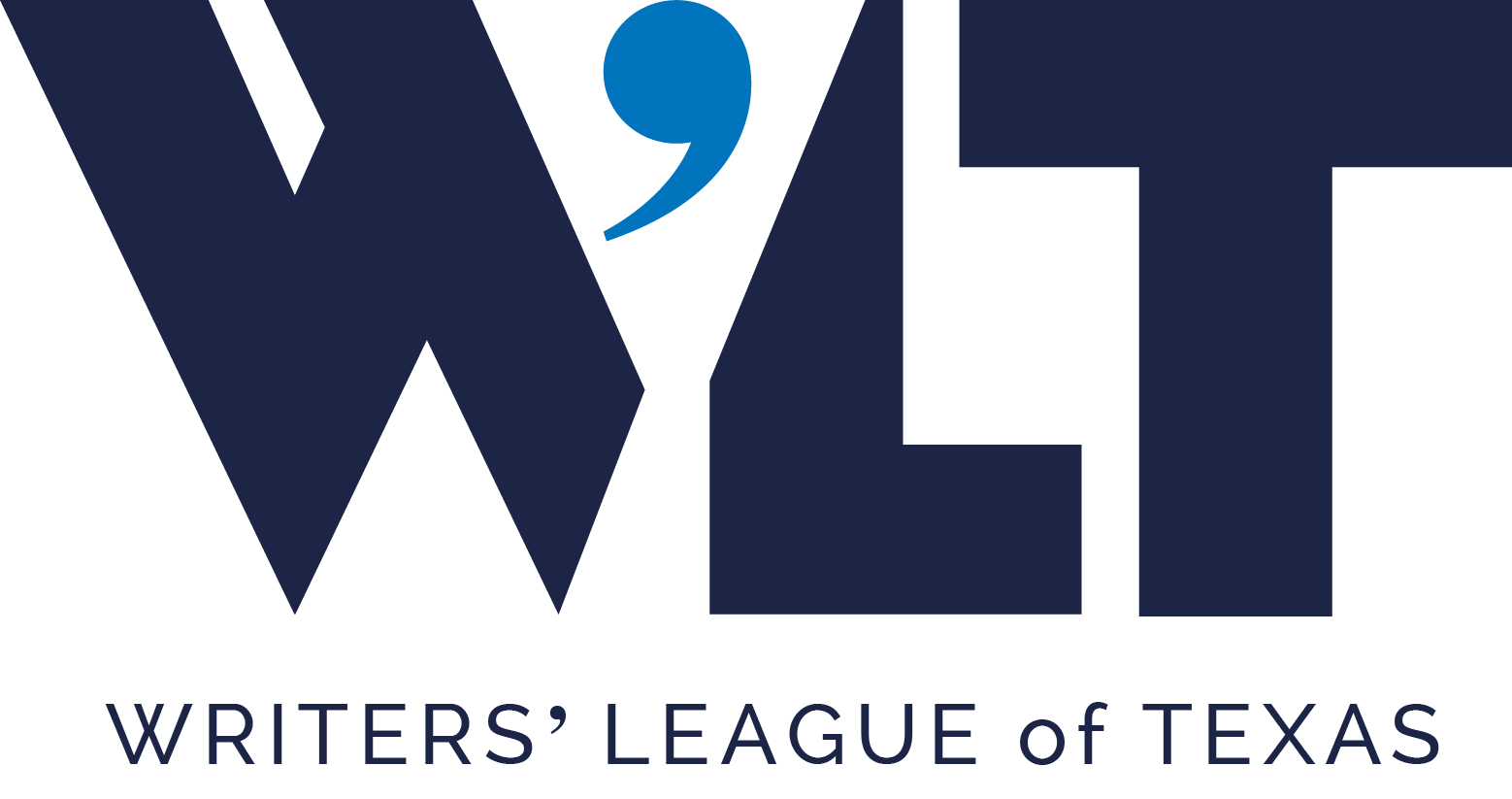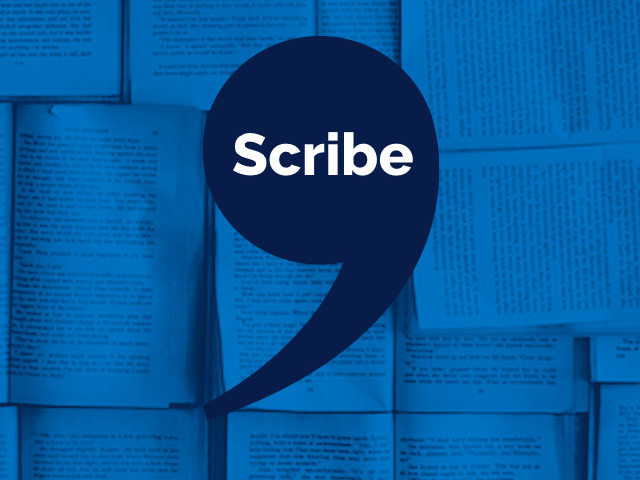Poetry is about finding the right detail to say what you want to say. It’s about finding a unique and memorable way to make the mundane or everyday vivid.
— Christine Butterworth-McDermott
Christine Butterworth-McDermott is the founder of Gingerbread House Literary Magazine, an online journal that focuses on work with a magical twist. Her first book, Woods & Water, Wolves & Women was published in 2012, and her second, Evelyn As, about Gibson girl Evelyn Nesbit, is forthcoming from Fomite Press. Her poems, stories, and essays have appeared in Alaska Quarterly Review, Beloit Fiction Journal, Cimmaron, The Normal School, River Styx, and Southeast Review as well as other journals and anthologies. She has been nominated for a Pushcart Prize and a Rhysling award, and received two honorable mentions in the Year’s Best Fantasy and Horror. She teaches courses in poetry at Stephen F. Austin State University, which has the only BFA in Creative Writing in the state of Texas, with her husband, writer John A. McDermott.
Christine is teaching a class called “Please & Thank You: Crafting Poems that Express and Explore” at our 2018 Summer Writing Retreat. Read the interview below and visit the class page to learn more.
 Scribe: What’s the most valuable lesson you’ve learned from teaching poetry? How has this affected your own writing?
Scribe: What’s the most valuable lesson you’ve learned from teaching poetry? How has this affected your own writing?
CBM: Teaching teaches me something new every year. Several years ago, I met a student who changed my craft. I was a teacher who was very interested in poems with obvious clarity and narrative. A young man in my Intermediate Poetry class, Tyler, wrote in a profoundly different style—but there was no denying his talent.
I had a choice to either force him into doing what I wanted or to open myself up to trying to help him make the best poems he could in the way he wanted. We have an undergraduate program at SFASU in which the culminating project is a book-length work, and I was extremely honored when a year later Tyler asked me to be his thesis advisor, because he trusted I could help him be a better poet. His exploration of elliptical imagistic poetry in that collection was instrumental in my trying out that form shortly after.
This form turned out to be the right one for a book of poems I’ve written called Evelyn As, which will be published next year by Fomite Press. I wanted a fragmented image-based form which utilized white space to capture the emotional brokenness of Evelyn Nesbit, a model at the turn of the century, who had a series of traumatic relationships. So, my students teach me as much as I might teach them, and they keep me open to new avenues of seeing the world.
Scribe: Who are the writers that have had the biggest influence on your own writing?
CBM: Perhaps the first writer I ever fell in love with was F. Scott Fitzgerald. One of my favorite sentences of all time is the second sentence of Chapter Three of The Great Gatsby: “In his blue gardens men and girls came and went like moths among the whisperings and the champagne and the stars.” If that isn’t poetic, I don’t know what is.
I loved all of the British Romantics as an undergraduate student, but my senior year I discovered Modernist poets like Wallace Stevens and William Carlos Williams. I’m obsessed with fairy tales and Victorian fiction, both of which are highly symbolic. I devour the work of Alice Hoffman, and I love the femme fatale genre novels of Gillian Flynn and Megan Abbott. Still, while I wrote poetry from the time I was eight, I didn’t study it as a craft until graduate school at Purdue University, where I was getting my degree in fiction. In order to teach an Intro to Creative Writing course, I had to sit in on a class taught by the poet Marianne Boruch. A fabulous poet herself, she was the person who introduced me to Jorie Graham, Mary Oliver, and the contemporary poetry world. She was an incredible teacher and her students responded to her in this amazing. That, along with the insistence of sentence level beauty from my fiction mentors Bill Stuckey, Chuck Wachtel, and Patricia Henley, shaped me as a writer and a teacher. I also began publishing more poetry than fiction.
As I began teaching, I discovered that I really loved Philip Levine, whose work about working class Americans was accessible but profoundly well-crafted. I admire the current work of Dorianne Laux, Kim Addonizio, and William Brewer, whose debut collection I Know Your Kind knocked my socks off. Jamaal May’s Hum, Aimee Nezhukumatathil’s At The Drive-In Volcano, Ross Gay’s catalog of unabashed gratitude, and Ada Limón’s Bright Dead Things are all books I revisit again and again.
Scribe: You talk about using poetry as a form of gratitude in your class description. Can you give an example of one of your own poems that does this, and how you approached writing this poem?
CBM: The concept really comes from an interview with Ada Limón. In it, she says, “I’ve always been a fan of that saying that there are really only two prayers: thank you and please. I’m not a praying person, but I think that same quote can work for poetry. . . I want my poetry to connect to people and truly affect them. I want my poetry to help people recommit the world we are living in, to the ugly mess and beautiful strangeness of it.”
This struck a chord with me. I was thinking about how often I wrote from a place of pain. I was seeing a lot of the same from my students. Reading Limón’s interview, and Bright Dead Things, made me reevaluate this idea. What if we could approach poetry from this place of “thank you” or “please”? I thought it might open up more opportunities for us as writers. It might open us up to joy and recovery.
This is a relatively new concept for me, so I’m still working on poems in this vein, but an older poem I’ve written, “Dead Girls, Not Ours,” has these qualities as both a please and a thank you. It was published in Cider Press Review. I wrote this poem after a friend of mine responded to a poem about dead girls, which was profoundly disturbing to her. I wanted to capture the fact that you have to have hope in the face of fear. I wanted the language to be beautiful, but also capture the feeling of the “ugly mess,” as Limón puts it.
Scribe: Writing poetry requires a much different mindset than other long-format genres. How would you say writing poetry might benefit a novelist or nonfiction writer?
CBM: I actually think that the mindset isn’t that different. Poetry is often a work of nonfiction, but plenty of poets write from personas. Personally, when I’m working on a collection I try to link poems as I go—I try to think of a subject matter that ties together, images that repeat, similar emotions from poem to poem, so that in some ways poems become “chapters” to a larger “story.” Even if you don’t work with deliberate ideas of connection, poetry is about finding the right detail to say what you want to say. It’s about finding a unique and memorable way to make the mundane or everyday vivid. Those are skills that also benefit prose.
—
Thank you, Christine!
For more on the Writers’ League of Texas Summer Writing Retreat, click here.









